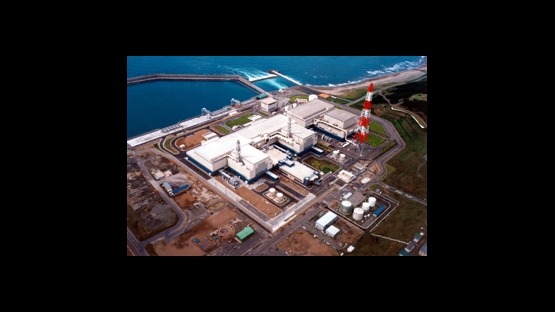The safe performance of the Kashiwazaki-Kariwa nuclear power plant during and after the earthquake that hit Japan´s Niigata and Nagano prefectures on 16 July 2007 has been confirmed, according to a IAEA report published today.
The report is the third in a series issued by an IAEA-led team of international experts that completed its mission in December 2008. Two previous missions were carried out by the same team in August 2007 and January 2008. All missions were carried out at the invitation of the Government of Japan.
The consequences of the July 2007 earthquake on the plant were unique in the sense that the levels of seismic ground motion estimated in the design process were very significantly exceeded by the event. The mission found that there is consensus in the scientific community about the causes of those unexpectedly large ground motions experienced at the plant site and, consequently, it has been possible to identify the precautions needed to be taken in relation to possible future events and the newly calculated seismic hazard at the site is much higher than both the July 2007 event and the original design earthquake level.
These precautions were based on extensive studies and assessments conducted by a number of specialized institutions and experts in different fields. The necessary upgrades and actions were consequently defined and are being implemented by the Japanese utility for both safety and non-safety related components at the nuclear power plant.
The report made public today was also provided to the Japanese Nuclear and Industrial Safety Agency (NISA).
The lessons learned from the results of the plant integrity evaluation process applied to the July 2007 earthquake and used for the seismic safety re-evaluation to the new higher seismic input will improve the design and evaluation criteria and approaches currently used in Japan and worldwide. In the same way, these results are contributing to the ongoing review and revision of the related IAEA safety standards. These updated standards are expected to be released shortly.


